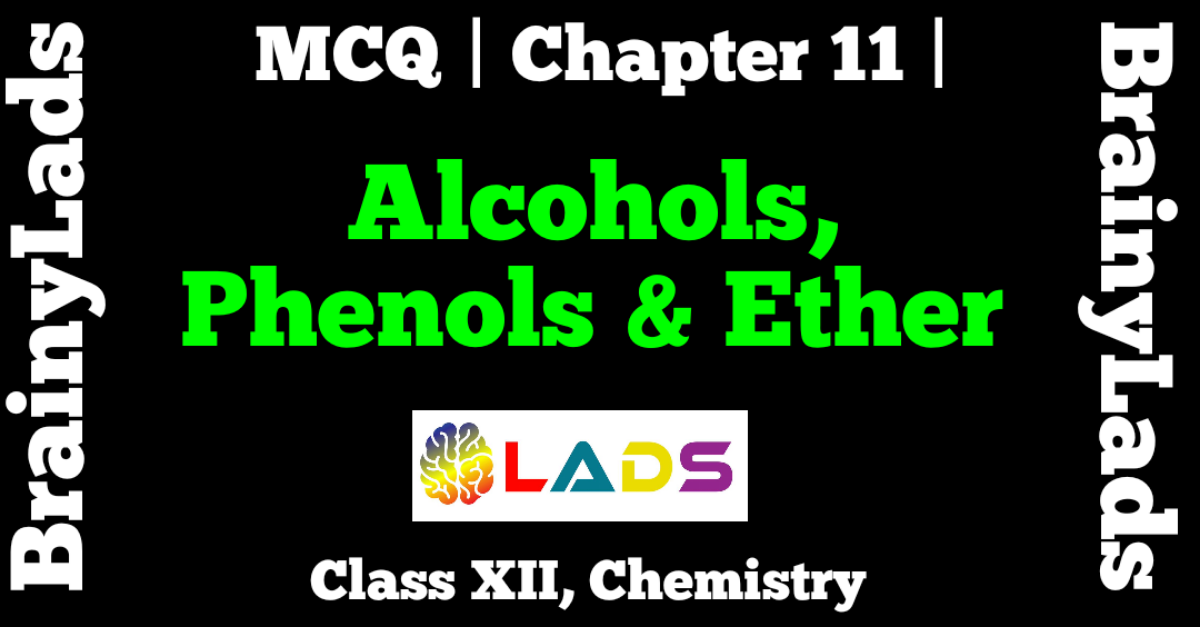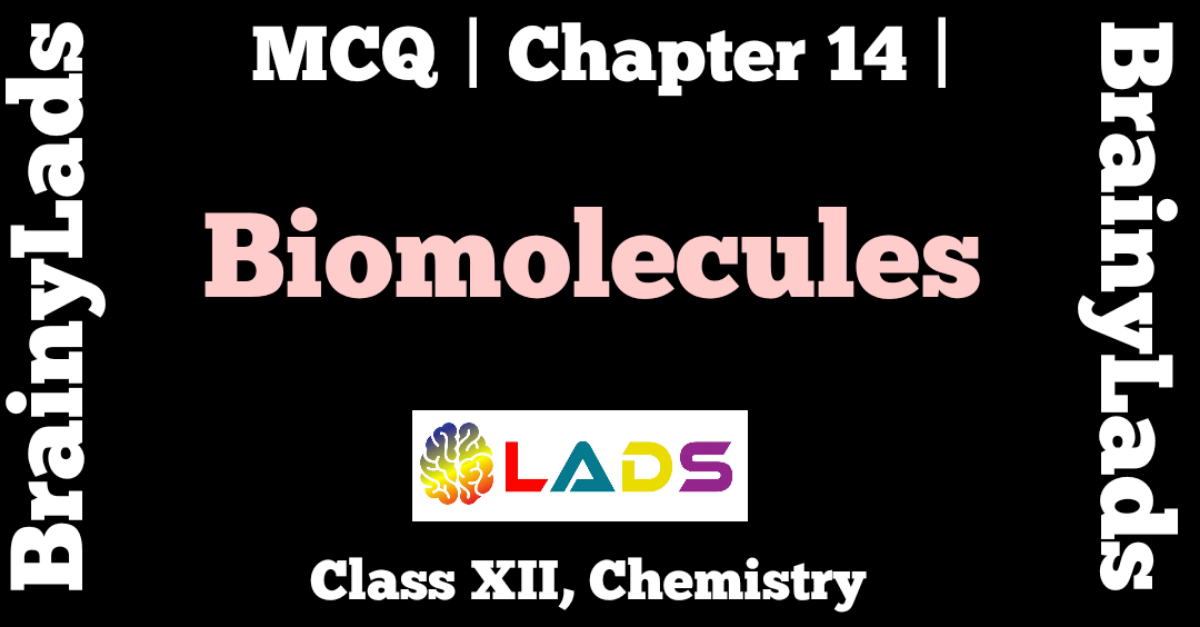MCQ of Aldehydes Ketones and Carboxylic Acids | Ch-12 | Chemistry |
MCQ of Aldehydes Ketones and Carboxylic Acids | Multiple Choice Questions
MCQ of Aldehydes, Ketones and Carboxylic Acids
Question 1: There is a large difference in the boiling points of butanal and butan-1-ol due to
- Intermolecular hydrogen bonding in butan-1-ol
- Intermolecular hydrogen bonding in butanal
- Higher molecular mass of butan-1-ol
- Resonance shown by butanal
Answer: A ( Intermolecular hydrogen bonding in butan-1-ol )
Question 2: The oxidation of toluene to benzaldehyde by chromyl chloride is called
- Etard reaction
- Riemer Tiemann reaction
- Wurtz reaction
- Cannizzaro reaction
Answer: A (Etard reaction)
Question 3: Ozonolysis of an organic compound gives benzaldehyde as one of the products. This confirms the presence of
- Two ethylenic double bond
- A vinyl group
- An isopropyl group
- An acetylenic triple bond
Answer: B (A Vinyl group)
Question 4: The addition of HCN to carbonyl compound is an example of
- Nucleophilic addition
- Electrophilic addition
- Free radical addition
- Elimination addition
Answer: A (Nucleophilic addition)
Question 5: Aldehydes other than formaldehyde react with grignard reagent to give addition product which on hydrolysis give
- Tertiary alcohols
- Secondary alcohols
- Primary alcohols
- Carboxylic acids
Answer: B (Secondary alcohols)
Question 6: Hydrocarbons are formed when aldehydes and ketones are reacted with amalgamated zinc and conc. HCl . This reaction is called
- Cannizaro reaction
- Clemmensen reaction
- Rosenmund reduction
- Wolff Kishner reduction
Answer: B ( Clemmensen reaction)
Question 7: Which of the following statement is not correct?
- Aldehydes and ketones are functional isomers
- Formaldehyde reacts with ammonia to form hexamethylenetetramine.
- LiAlH4 convert ketones into sec-alcohols.
- Ethanal and propanal give positive iodoform test
Answer: D ( Ethanal and propanal give positive iodoform test )
Question 8: Which of the following can be used to distinguish aldehydes and ketones?
- Fehling’s solution
- H2SO4 solution
- NaHSO3
- NH3
Answer: A (Fehling’s solution)
Question 9: When propanol reacts with 2-methylpropanal in presence of NaOH, four different products are formed. This reaction is known as
- Aldol condensation
- Cross aldol condensation
- Cannizzaro reaction
- HVZ Condensation
Answer: B (Cross aldol condensation)
You may also read MCQ of The Solid State, MCQ of Solutions, MCQ of Electrochemistry, MCQ of Chemical Kinetics, MCQ of Surface Chemistry, MCQ of General Principles and Processed of Isolation of Elements, MCQ of the p-Block Elements, MCQ of the d-And f-Block Elements, MCQ of Coordination Compounds, MCQ of Haloalkanes and Haloarenes, MCQ of Alcohols, Phenols and Ether, MCQ of Aldehydes, Ketones and Carboxylic Acids, MCQ of Amines, MCQ of Biomolecules, MCQ of Polymers, MCQ of Chemistry in Everyday Life
Question 10: Carboxylic acids dimerise due to
- High molecular weighet
- Coordinate bonding
- Intermolecular hydrogen bonding
- Covalent bonding
Answer: C (Intermolecular hydrogen bonding)
Question 11: Which of the following carboxylic acids is highly insoluble in water?
- Propanoic acid
- Butanoic acid
- Pentanoic acid
- Decanoic acid
Answer: D (Decanoic acid)
Question 12: —OH group present in alcohols is neutral while it is acidic in carboxylic acid because
- In carboxylic acid —OH group is attached to electron withdrawing carbonyl group
- In alcohols —OH group is attached to alkyl group which is electron withdrawing
- Carboxylic group is an electron releasing group
- Alcoholic group is an electron withdrawing group
Answer: A ( In carboxylic acid —OH group is attached to electron withdrawing carbonyl group )
Question 13: What happens when carboxylic acid is treated with lithium aluminium hydride?
- Aldehyde is formed
- Primary alcohol is formed
- Ketone is formed
- Grignard reagent is formed
Answer: B (Primary alcohol is formed)
Question 14: The reagent which does not react with both acetone and benzaldehyde is
- Sodium hydrogensulphite
- Phenyl hydrazine
- Fehling’s solution
- Grignard reagent
Answer: C (Fehling’s solution)
Question 15:Which of the following will not undergo HVZ reaction?
- Propanoic acid
- Ethanoic acid
- 2-Methylpropanoic acid
- 2,2-Dimethylpropanoic acid
Answer: D (2,2-Dimethylpropanoic acid)
Question 16: Choose the correct statement regarding the physical properties of chemical compounds.
- All aldehydes are insoluble in benzene
- Higher aldehydes are more fragrant
- n-Butane has more boiling point than acetone.
- Methanal and propanone are immiscible water in all proportions
Answer: B (Higher aldehydes are more fragrant)
Question 17: Methyl ketones are characterised through
- Tollens’ reagent
- Iodoform test
- Schiff’s reagent
- Fehling’s solution
Answer: B (Iodoform test)
Question 18: Which of the following compound will give butanone on oxidation with alkaline KMnO4 solution?
- Butan-1-ol
- Butan-2-ol
- Both of these
- None of these
Answer: B (Butan-2-ol)
Question 19: Which of the following statement is correct regarding formic acid?
- It is a reducing agent.
- It is a weaker acid than acetic acid
- It is an oxidising agent.
- When its calcium salt is heated, it forms acetone.
Answer: A (It is a reducing agent)
Question 20: Which of the following will not give aldol condensation?
- Phenyl acetaldehyde
- 2-Methylpentanal
- Benzaldehyde
- 1-Phenylpropanone
Answer: C (Benzaldehyde)
Do share the post if you liked it. For more updates, keep logging on BrainyLads


